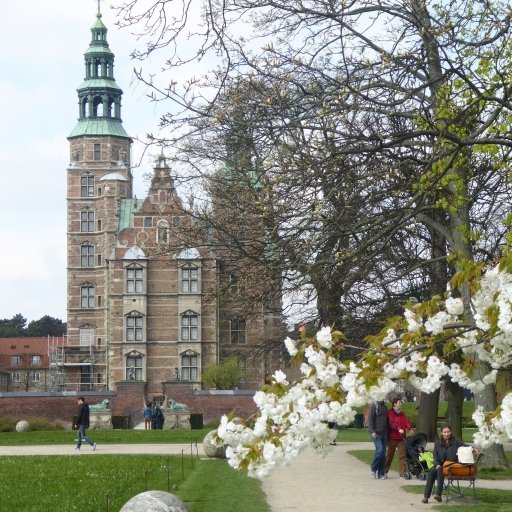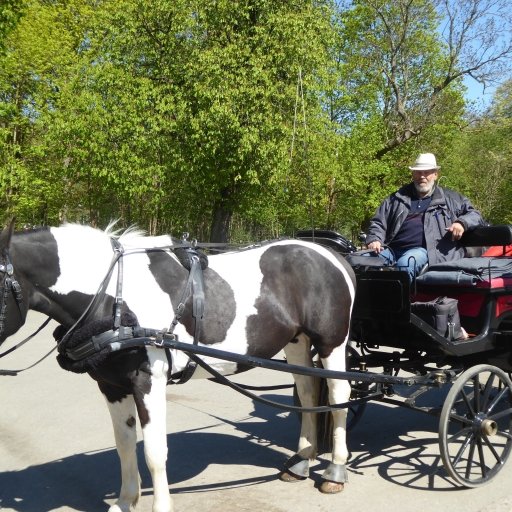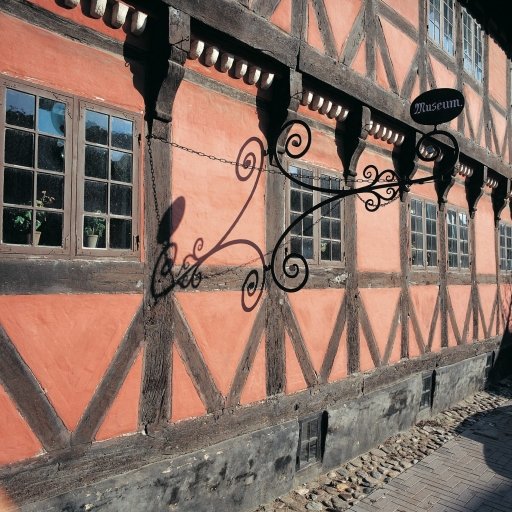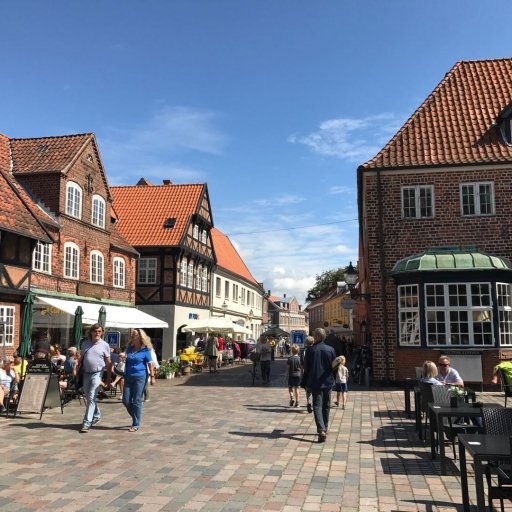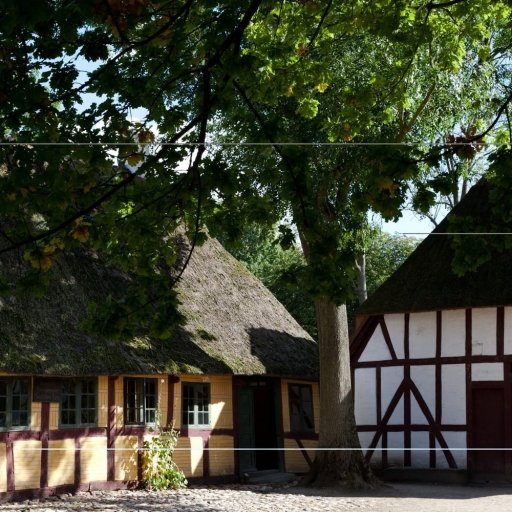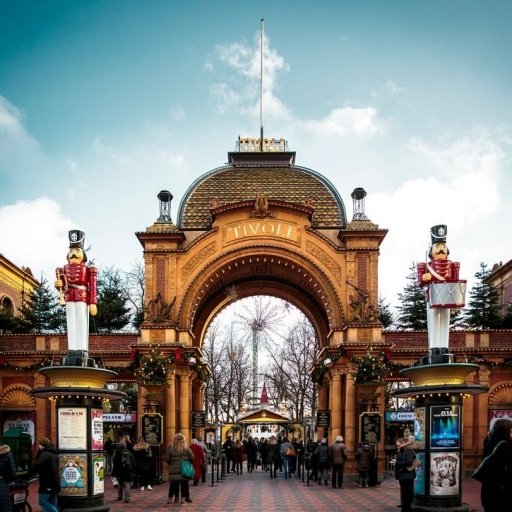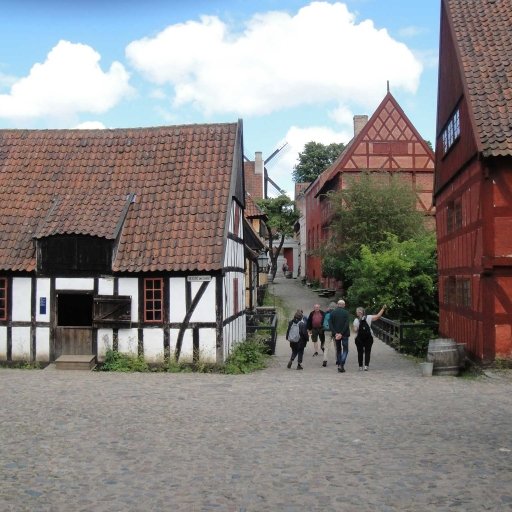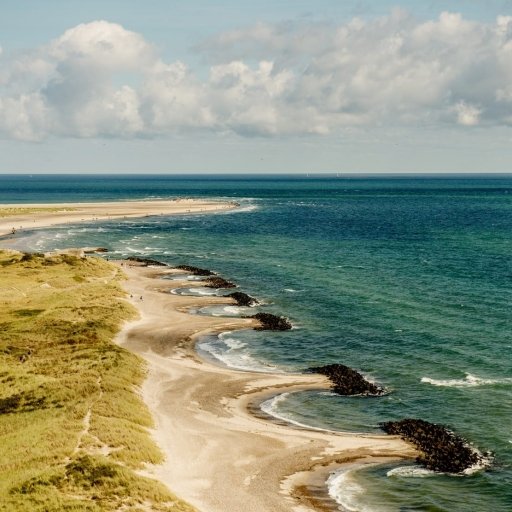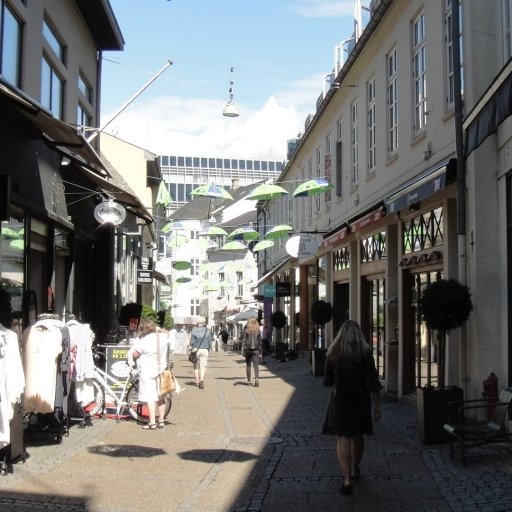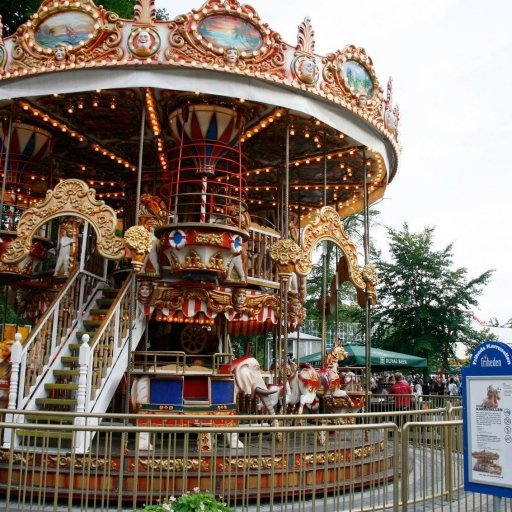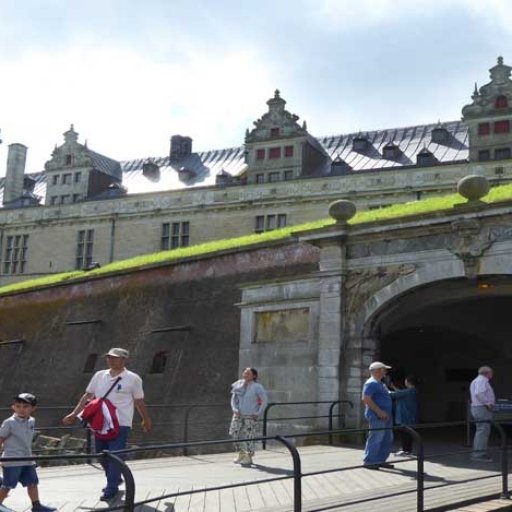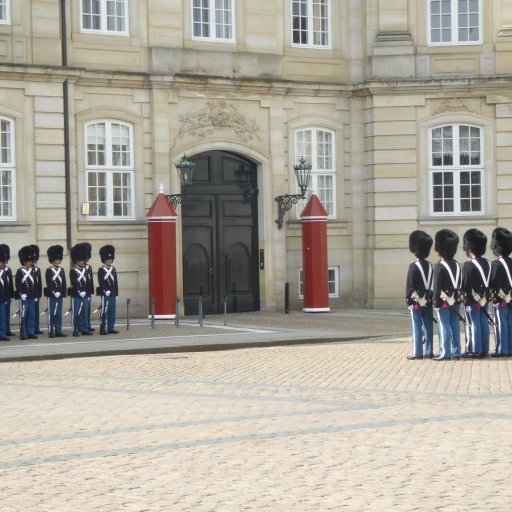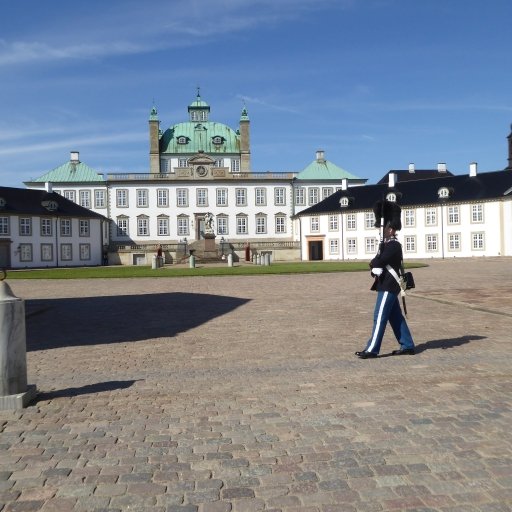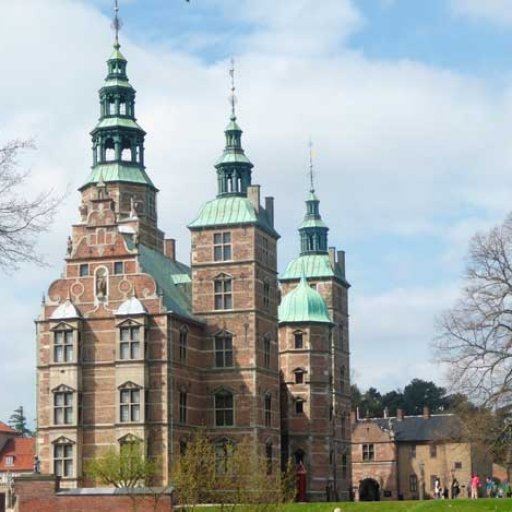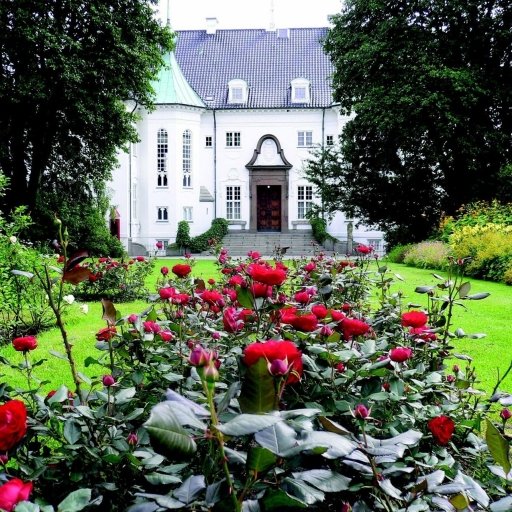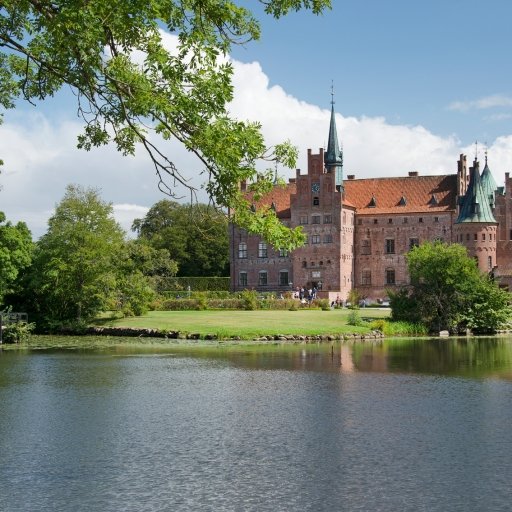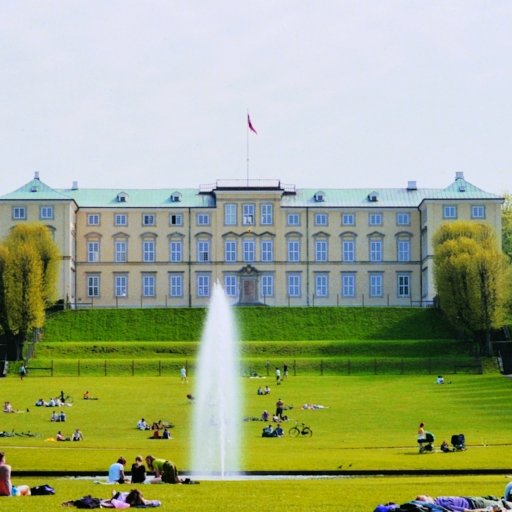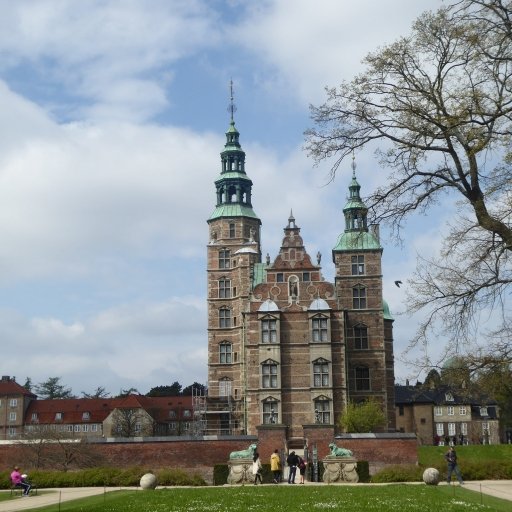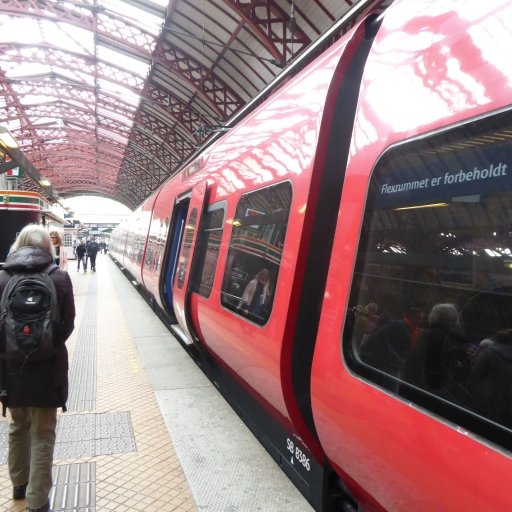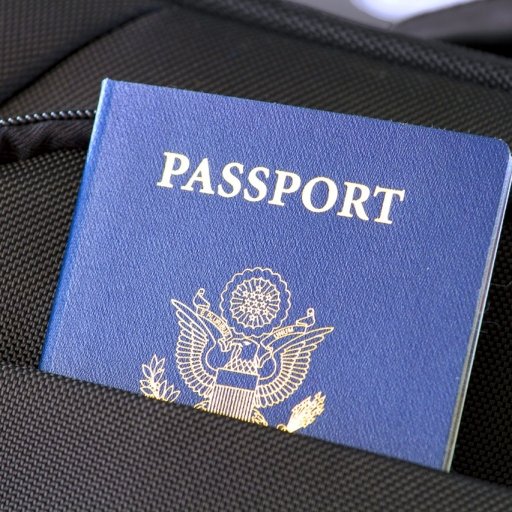Facts about Denmark
Denmark, in Northern Europe, is the southernmost and smallest of the Nordic countries and is renowned as one of the happiest countries in the world.
Denmark, along with Norway and Sweden, is a Scandinavian country known for its rich history, culture, and modern society.
Denmark has a population of approximately 5.8 million people, and its largest city is Copenhagen, which is also the Capital.
Denmark comprises over 400 islands, with the Jutland Peninsula being the largest landmass.
Population
Denmark has in 2024 a population of approximately 5.970.00 million people. Currently, 88.0 % of the population of Denmark is urban and lives in towns and cities.
Monarchy
Denmark is a constitutional monarchy with a parliamentary democracy. King Frederik X has been the King since January 2024.
Historic sites
Denmark has numerous historic landmarks and attractions, including castles, Viking ruins, and UNESCO World Heritage Sites like Kronborg Castle and the Jelling Stones.
Cuisine
Danish cuisine is known for its emphasis on fresh, locally sourced ingredients, including seafood, dairy products, and traditional dishes like smørrebrød (open-faced sandwiches) and frikadeller (meatballs).
Hygge
The Danish concept of "hygge," often called coziness or togetherness, is an integral part of Danish culture, emphasizing comfort, relaxation, and enjoying life's simple pleasures.
Quality of life
Denmark consistently ranks high in global quality of life indexes, with a strong welfare system, excellent healthcare, and high levels of education and income equality.
Language
Danish is the official language of Denmark, although English is widely spoken and understood, especially among the younger population.
Currency
The currency used in Denmark is the Danish krone (DKK).
Cycling culture
Denmark is renowned for its cycling culture, with bike-friendly cities, extensive cycling infrastructure, and a high percentage of people commuting by bicycle
Member of the EU
Denmark is a member of the European Union (EU) but has retained its currency, the Danish krone, instead of adopting the euro.
Innovation and design
Denmark is known for its contributions to design, architecture, and innovation. Danish design principles emphasize simplicity, functionality, and minimalism.
'
Green Energy
Denmark is a leader in renewable energy, particularly wind power. The country has invested heavily in wind farms and aims to become carbon-neutral by 2050.
Largest cities in Denmark
1) Copenhagen: 633.000
2) Aarhus: 281.000
3) Odense: 180.00.000
4) Aalborg: 141.000
Life expectancy in Denmark
Females: 83,3 years
Males: 79,5 years
How long is the coastline in Denmark
Denmark has a 7314 km long coastline and 406 islands. It is a country with quite much wind, and this explains why Denmark is one of the world`s largest exporters of wind turbines.
Facts about Denmark
| Total area | 43, 561 km2 |
| Land area | 42,890 km2 |
| Capital | Copenhagen |
| Population | 5 867 412 (2021) |
| Head of State | King Frederik X |
| Form of government | Constitutional monarchy |
| Head of government | Mette Frederiksen |
| Currency | Danish crown (DKK) |
| Official language | Danish |
| National day | 5 June |
| Time Zone | CET² (UTC+1) |
| - Summer | (DST) CEST² (UTC+2) |
| Climate zone | Temperate climate |

